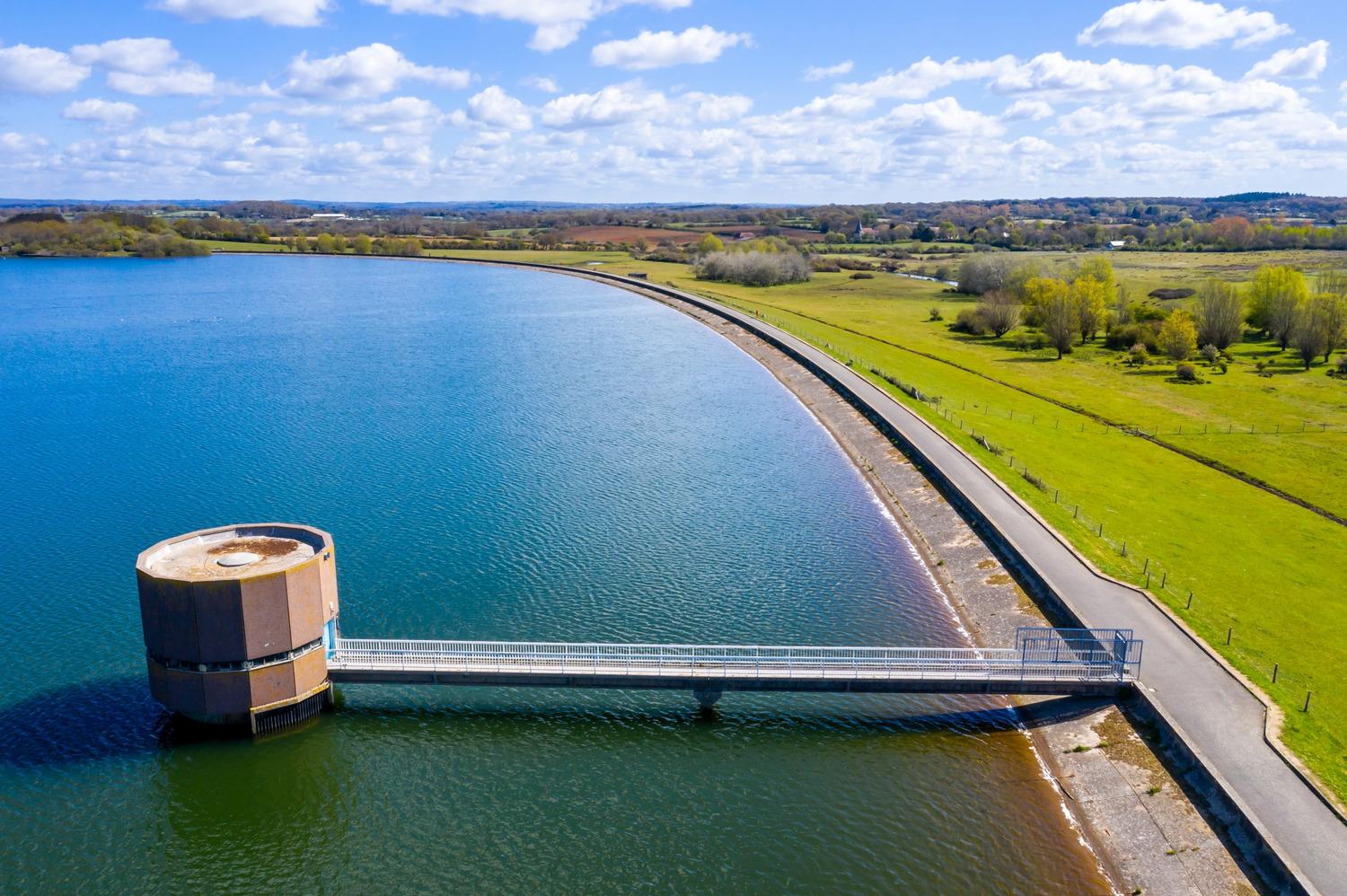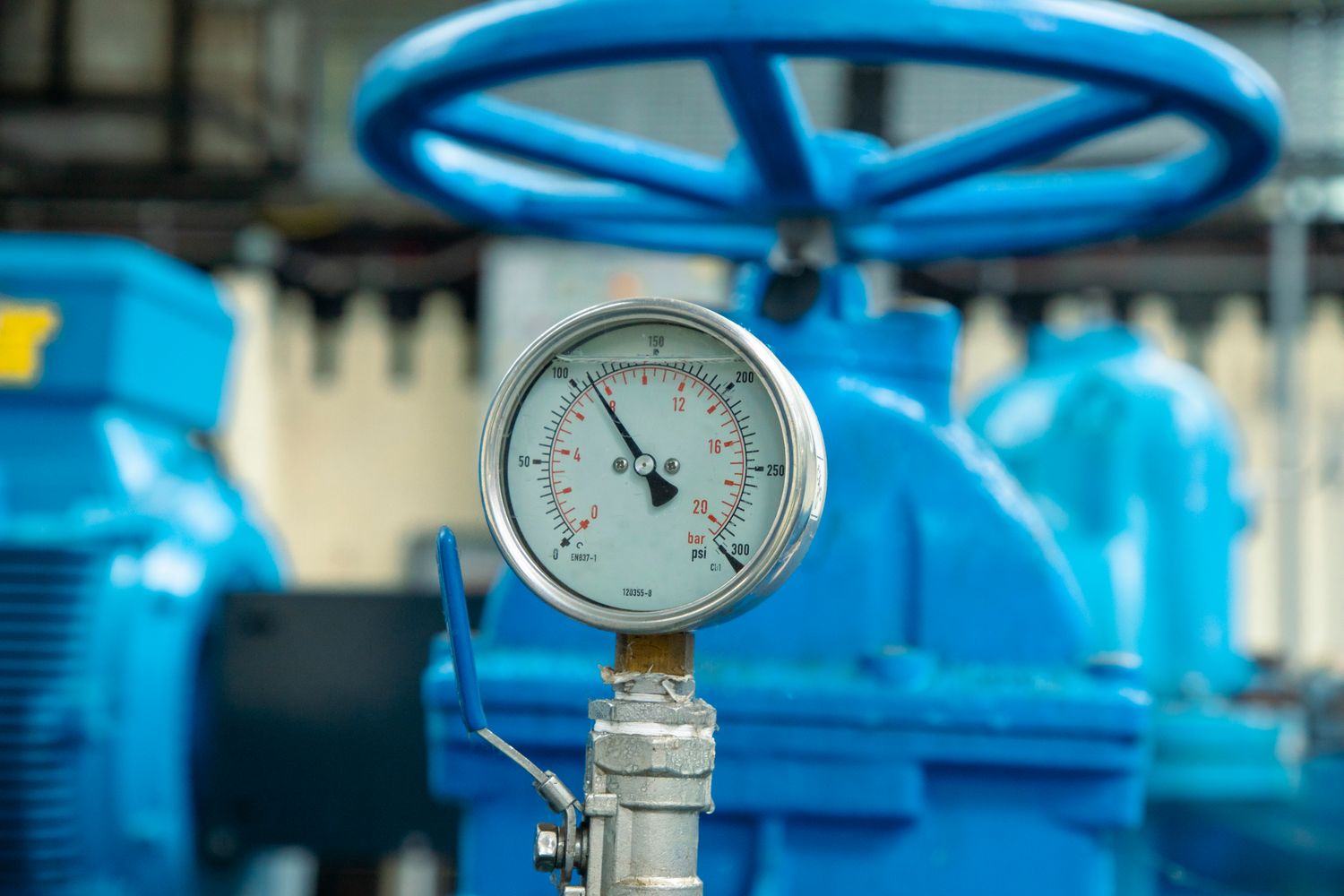Science is all around us
From physics to biology, science comes in many shapes and colours, and through the years, it has morphed and progressed into the wonderful world it has become today.
If you were to close your eyes and picture a scientist in your mind, what would they look like? Most people imagine a man with crazy white hair wearing a lab coat, surrounded by bubbling potions.
At one point, that may have been the only correct answer. However, times have changed, and so has science!
Within our business, we have scientists testing the quality of the water we abstract in our labs, but also out in the field, where our environment scientists work to protect the areas we abstract water from and collaborate with farmers to stop harmful chemicals from seeping into our water sources.
There is even a science behind how we abstract and clean our water.
Surface water (rivers and reservoirs)
We can benefit from rainfall within a few hours of it falling and running into the rare chalk streams and rivers in the South East of England. We abstract it, treat it, and then pump it into underground water storage tanks, ideally located all across our network, which then connect to customers' supply pipes.
At South East Water, we have two main reservoirs in East Sussex, Arlington Reservoir and Ardingly Reservoir, and we share many smaller reservoirs and supplies with other water companies.
In the months when rainfall is higher and river flows are faster, water moves from the nearby rivers into our reservoirs. They’re also open, above ground, which means they collect rainfall and runoff from the nearby ground.
Typically, rainfall takes 24-48 hours to transform into drinking water from these surface water sources.

Groundwater sources (aquifers and boreholes)
It can take weeks, if not months, for rainfall to filter through the soil and rocks (underlying geology) into the aquifers below ground before it is abstracted via a borehole or well.
Often, summer rainfall won't reach the customer's taps because it evaporates or is taken up by plants. To supplement our supply, this is when we will use the surface water from our reservoirs.

The abstracted water will travel to our water treatment works where it’s treated with chemicals, ozone and, in some cases, ultra-violet light to inactivate natural microorganisms before a final treatment of chlorine. To see the full treatment process, click here.
A sample of this water will be taken and tested at our own state-of-the-art laboratories in Hampshire, to be sure the water is safe and meets our highly regulated standards.
The water is then pumped through our network of 9,000 miles of pipes, which are intricately designed to withstand different pressures to combat hills and other topographies to travel through to our underground water storage tanks before it is drawn out to customers' taps when needed.

Share this Article: